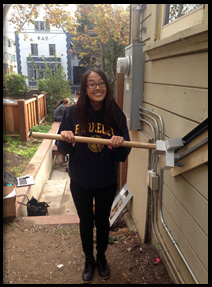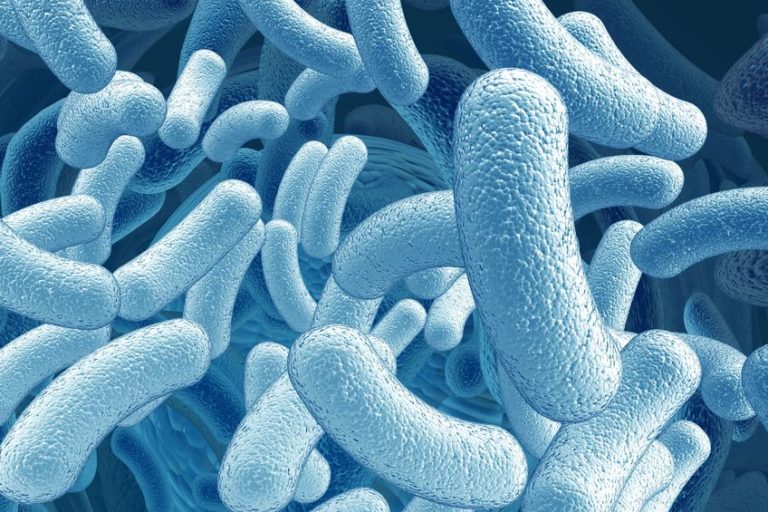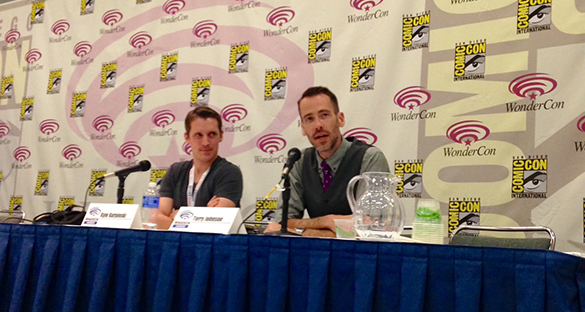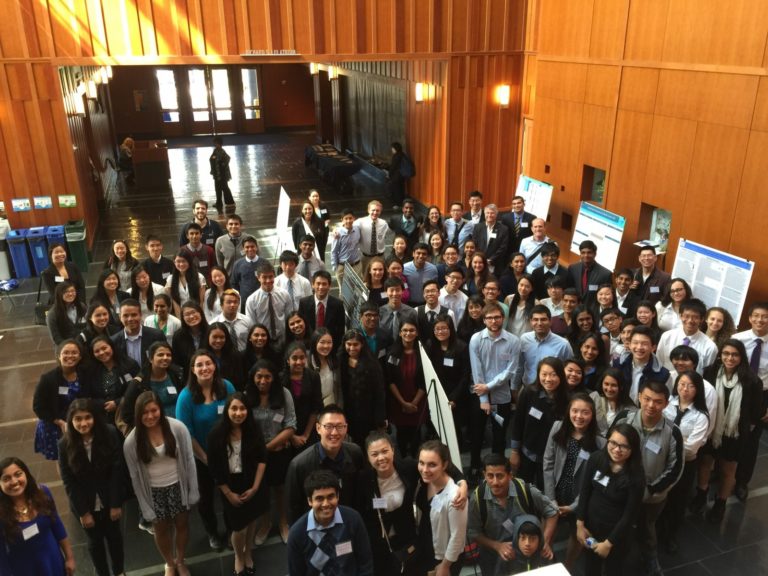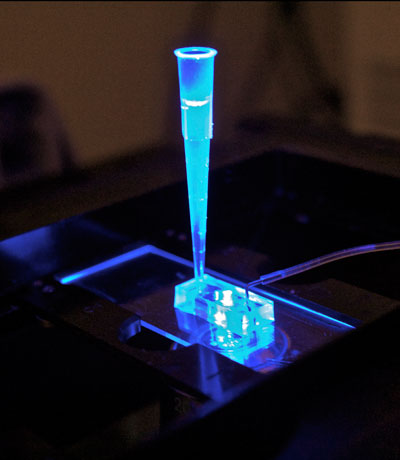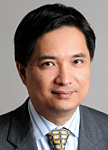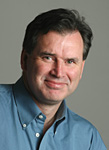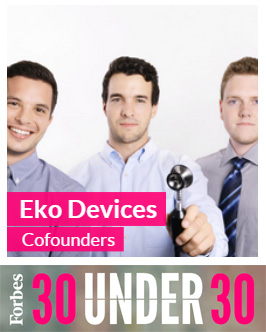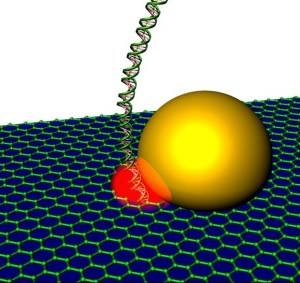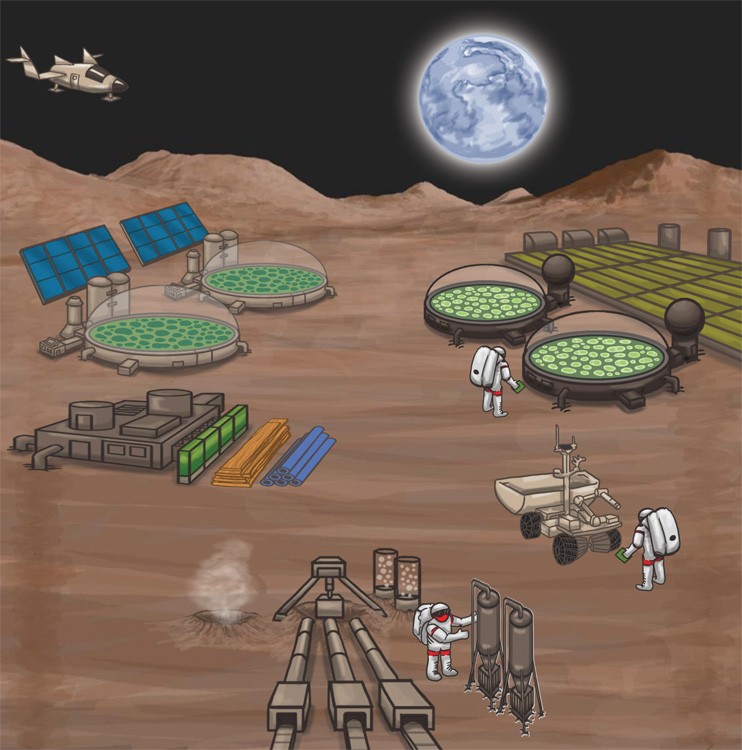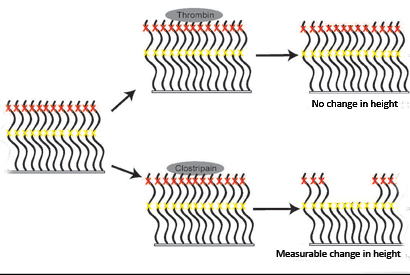Bioengineering News
Researchers in Professor Niren Murthy’s lab have developed a way to efficiently deliver therapeutic transcription factors in living cells.
Professor David Schaffer explains his directed evolution approach to solving the Delivery Problem in gene therapy.
BioE senior capstone design team of Hannah Adelsberg, Celia Cheung, Eric Katz, and Suzanne Chou took second place at the annual Stanford Design Challenge for their invention, the HandleBar.
Professors Luke Lee and Niren Murthy are leading a team, with Dr. Riley of the School of Public Health, to develop tools to quickly spot and identify drug-resistant pathogens. Their project will receive $5.8 million over five years from the National Institute of Allergy and Infectious Diseases (NIAID) as part of the agency’s effort to develop diagnostics to rapidly detect antimicrobial-resistant bacteria.
Bioengineers Terry Johnson and Kyle Kurpinski hosted a packed panel on “Science and Science Fiction” at WonderCon 2015.
On April 4, over 100 students, parents, and teachers from throughout the Bay Area gathered at Stanley Hall for the second annual Bioengineering High School Competition (BioEHSC).
Eko Devices, a startup company spun out of the BioE 192 Senior Capstone Design course, has announced the start of a clinical study with UCSF Cardiology and the closing of a $2 million funding round. Core by Eko is the first stethoscope to be wirelessly connected to a smart device, and is set to retail for $199 beginning Summer 2015 pending clearance by the FDA.
Researchers in Professor Kevin Healy’s lab have taken a major step toward fast, accurate drug-toxicity testing with a sophisticated organ-on-a-chip using live, beating heart tissue.
Learn about work by Professor John Dueber, 2014-15 Bakar Fellow, on synthetic biological indigo dyes.
Professor Song Li has been elected a Fellow of the International Academy of Medical and Biological Engineering (IAMBE), in honor of his distinguished contributions to and leadership in the field of medical and biological engineering at an international level.
The Bioengineering capstone design team of Hannah Adelsberg, Celia Cheung, Eric Katz, Suzanne Chou has been named a finalist in the 2015 Stanford Center on Longevity Design Challenge.
Professors Irina Conboy and David Schaffer are receiving a 2015 Bridging-the-Gap Award from the Rogers Family Foundation for their work on “Therapeutic Potential of Combining Small Molecule Signaling Modulators for Neuroregeneration and Rejuvenation.” Congratulations!
Congratulations to PhD alumna Somin Eunice Lee, now Assistant Professor of Electrical and Computer Engineering at the University of Michigan, recipient of an NSF CAREER award for her research project, “Engineering Plasmonic Nanoantenna Architectures for Efficient Nuclear Delivery.”
The senior capstone design team of Asad Akbany, Kasper Kuo, Nicholas Leung, and Karen Cheng has been selected to attend the 2015 Clinton Global Initiative University in Florida this March.
Congratulations to professors Steven Conolly, Amy Herr, Sanjay Kumar, Mohammad Mofrad, and Niren Murthy, new members of the American Institute for Medical and Biological Engineering College of Fellows!
BioE alum Connor Landgraf and his two co-founders of biotech startup Eko Devices have been named to the 2015 30 Under 30 by Forbes Magazine. Eko is designing a revolutionary smart digital stethoscope to improve patient care.Each year Forbest lists the brightest stars in 15 different fields under the age of 30. Congratulations!!
Eko Devices, a startup of Bioe undergrad alum Connor Landgraf, is one of ten startups selected to present live on stage at the Las Vegas Consumer Electronics Show this January. The top three winners get the chance of a lifetime to pitch Sir Richard Branson on his private island. Eko competed against nearly 2,000 other applicants in the Extreme Tech Challenge to become one of the final ten.
Professor Luke Lee, collaborating with Professor of Physics Alex Zettl, have created the world’s first graphene nanopores that feature a “built-in” optical antenna. This addition could significantly speed up nanopore sequencing of DNA.
The Master of Translational Medicine team of Huzaifa Beg, Rahul Nayak, Danielle Chou and Sita Kumar has been selected to attend the Clinton Global Initiative University (CGI U) from March 6 to March 8 of 2015.
BioE capstone startup Eko Devices won the People’s Choice Award at the American Heart Association’s 1st health tech competition, and is a semi-finalist in the 2014 Extreme Tech Challenge. Go Eko!
Bioengineering undergraduate Zachary Zeleznick was one of only eighteen U.S. students selected to participate in the 2014 Silicon Valley Bank Trek. The Trek brings together top student innovators for a 3-day series of events with their Trek Guides, a “who’s who” of influential investors and entrepreneurs in the tech community, building a network of peers and advisors. Congratulations Zachary!
Research from Professor Adam Arkin and postdoc Amor Menezes shows that genetically engineered microbes could help make manned missions to Mars, the moon and other planets more practical. This is the cover story for this month’s Journal of the Royal Society Interface.
Professor Song Li has been elected to the Biomedical Engineering Society (BMES) Class of 2014 Fellows. Fellow status is awarded to members who demonstrate exceptional achievements and experience in the field of biomedical engineering, and a record of membership and participation in the Society.
Professor Sanjay Kumar and his colleagues have taken proteins from nerve cells and used them to create a biological version of a synthetic coating used in everyday liquid products, such as paint and liquid cosmetics, to keep small particles from clumping together. The synthetic coatings are often called polymer brushes. This marriage of materials science and biology could give birth to a flexible, sensitive coating that is easy and cheap to manufacture in large quantities.
BioE alumna Charvi Shetty is an entrepreneur launching Knox Medical Devices, her own startup company working on a device to track asthma symptoms. The device began as a project in the Senior Capstone Design course, taught by Amy Herr.



